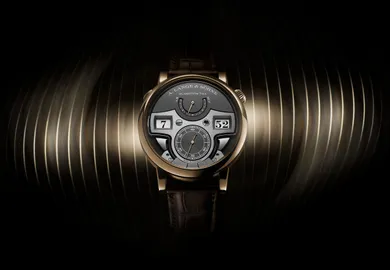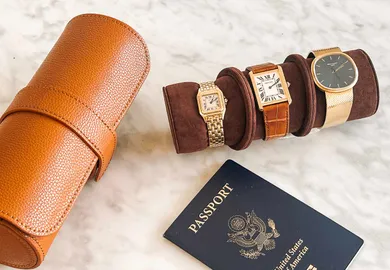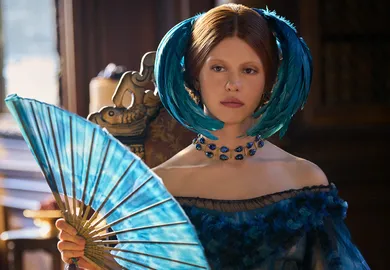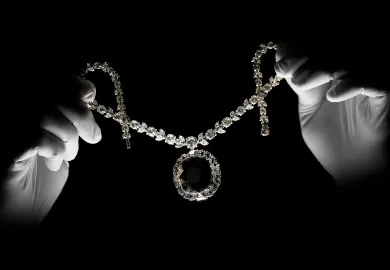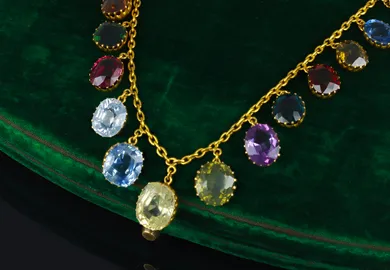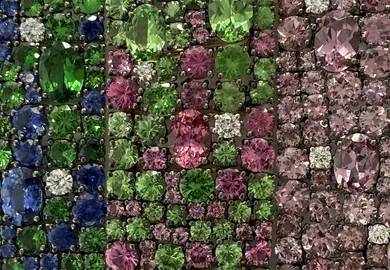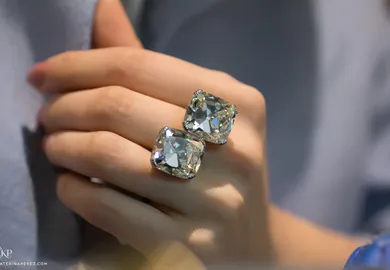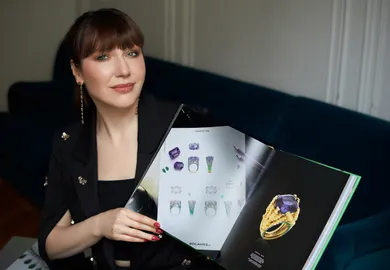

Good Investment: What Makes Jewellery Rise in Value?
We love to talk about investing in a piece of fine jewellery as a way to justify our spending, but what actually does make for a good investment? Rachael Taylor picks up some hot tips from experts on how to curate a collection that will deliver returns.
When purchasing a piece of luxury jewellery, it is common to consider whether that jewel will offer not just pleasure for now but also a good investment for the future. Any jeweller worth their salt will tell you to follow your heart rather than your head when it comes to collecting, but the question remains: what makes a piece of jewellery go up in value?
This story is available to Katerina Perez Club members.
Premium Membership
£15/month
Billed monthly. Cancel anytime*
Elite Membership
£13/month
Billed annualy. Cancel any time*
Already have an Account?
